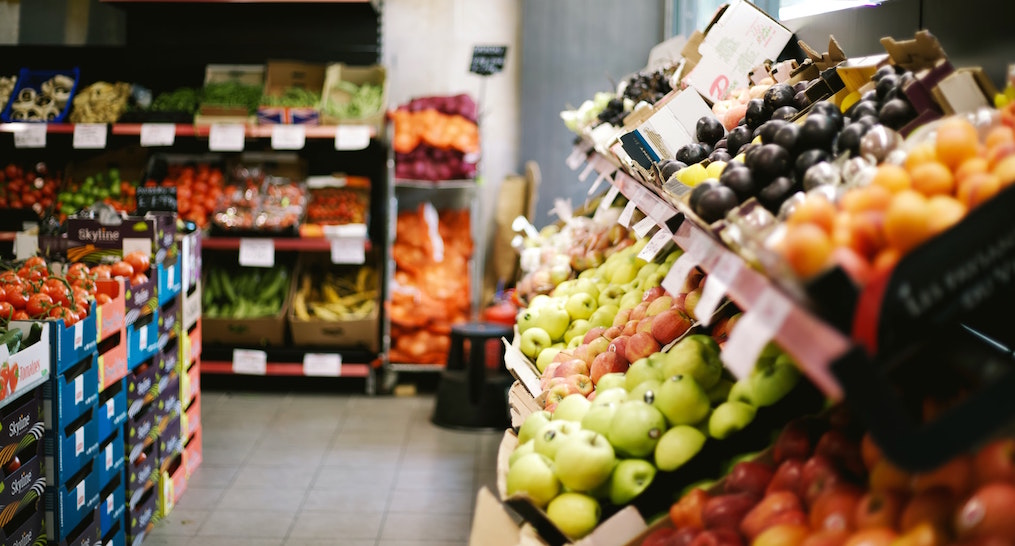Canadians could soon be eating some unregulated and unreported genetically engineered foods.
Health Canada is consulting Canadians on proposals to exempt some new genetically engineered foods — genetically modified organisms or GMOs — from government regulation. In the midst of the pandemic, the public had 60 days to comment, but the clock runs out on May 25.
Examining proposals for “regulatory guidance” on genetic engineering could be complicated but Health Canada has made it easy and sensational. Guided by the government-wide agenda for “agile regulation,” and responding to industry’s enthusiasm for new genetic engineering techniques, Health Canada is proposing to hand over some safety assessments to product developers such as Bayer (formerly Monsanto) and Corteva (DowDupont).
Health Canada asks Canadians if they think this approach is safe: is it “commensurate with the level of risk”?
Health Canada’s core proposal would remove its regulatory authority from some genetically engineered foods, many likely produced through genetic engineering techniques known as genome editing. Some products would come to market with no government oversight.
It’s a tidy solution for a biotechnology industry that wants faster commercialization for its products, and an abdication of Health Canada’s responsibility to ensure food safety.
Canada doesn’t regulate genetic engineering; it regulates “novel foods” and “plants with novel traits.” So far, however, all the genetically engineered foods eaten in Canada have been regulated as novel. While some genome-edited foods may still fit the definition of novel, many would likely bypass the system.
That’s because Health Canada proposes to define foreign DNA as a trigger for regulation (a “novel trait”), meaning that many genome-edited products that have no foreign DNA would be exempt from regulation. This focus on foreign DNA is simplistic and overlooks a range of potential unintended effects that could impact food safety.
Currently, genome editing in plants relies on inserted genetic material that will produce a DNA “editing” system containing targeted “gene cutters.” The inserted material is then later, in most cases, bred out of the organism.
Genome editing can efficiently send gene cutters to a target spot in the genome, but the cutters can also cut DNA at other, unintended locations, causing “off-target effects.” This is just one of the ways in which the “editor” is not precise. The process can leave behind genetic errors that can lead to unexpected effects — and they need to be looked for and assessed for safety.
Yet Health Canada proposes that if foreign DNA has been removed, and if there is no other obvious “novel” characteristic, then safety assessments can be left to developers. Companies themselves would determine whether their product is “non-novel” or if it needs a government safety review.
If Health Canada excludes some products from regulation, it wouldn’t have access to the science used by companies to determine safety. It also wouldn’t be able to require companies to disclose which unregulated GMOs are on the market.
To fill this gap, Health Canada proposes a “Voluntary Transparency Initiative” to “encourage” companies to voluntarily notify the government of any unregulated (non-novel) genome-edited foods.
Because, as Health Canada says, “there is great interest” in “greater transparency regarding all products developed using these technologies that are present in the Canadian food supply,” the consultation asks Canadians if this voluntary system would be sufficient to inform the public. They also ask: “Can we do more?”
After 20 years of public pressure and polls showing that over 80 per cent of Canadians want mandatory GM food labelling, it’s an audacious question.
Until now, the government has known which genetically engineered products are permitted on the market. The government has never tracked what is actually on the market, but has known what could be for sale. This minimal but important information is now set to disappear.
The biotech industry is hyping genome editing as the future of food, while lobbying for that future to only be visible to Canadians on its own terms.
The implications of Health Canada’s proposals are particularly profound because they are part of a multi-year overhaul of GMO risk assessment across all departments.
Canadians will soon have a chance to comment on proposals from the Canadian Food Inspection Agency about changes to assessing the environmental risks of genetically engineered plants. Health Canada will then consult on the risks of eating GM animals, and the feds have promised to review the Canadian Environmental Protection Act’s governance of GM animals.
Together, all of these proposals may open the door to a flood of unregulated GMOs. Alternatively, these consultations could be an opportunity for the public to assert some control over how genetically engineered organisms are allowed into our environment and food system.
Health Canada’s consultation page is available here.
The Canadian Biotechnology Action Network has posted information and analysis here.
Lucy Sharratt is coordinator of the Canadian Biotechnology Action Network.
Image credit: Mehrad Vosoughi/Unsplash



